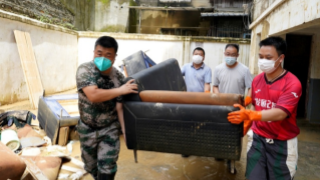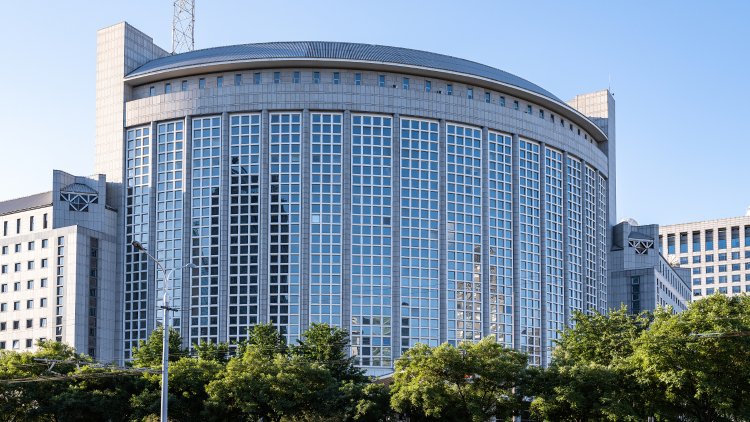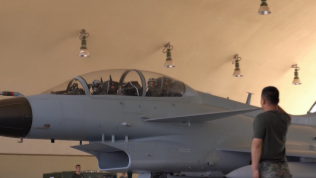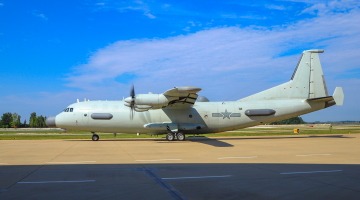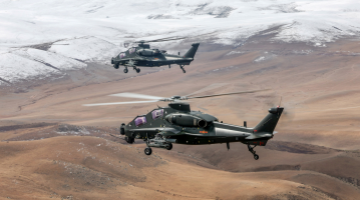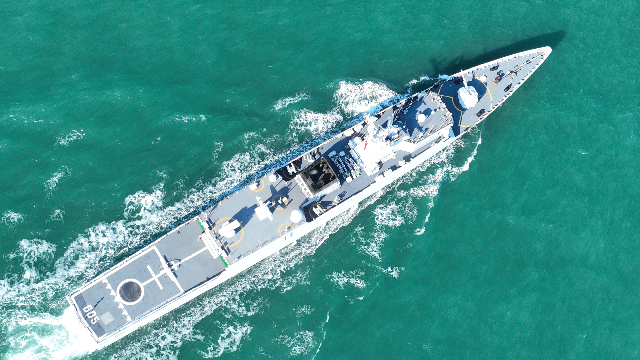By Song Bo
With global climate change widening Arctic shipping routes, the Arctic region has quickly become a flashpoint of global geopolitics. Recently, the French Ministry of the Armed Forces released France's first-ever Defense Strategy for the Arctic. So, what message is France sending by unveiling this strategy as a non-Arctic nation?
The Arctic is rich in oil, gas, and rare earth minerals, and the ongoing global warming is turning the Arctic Route into a crucial passage connecting Asia and Europe. In recent years, the strategic military importance of the Arctic region has increasingly attracted the attention of various countries. Especially after the outbreak of the Russia-Ukraine conflict, Finland and Sweden joined NATO, and seven out of the eight Arctic-bordering countries became NATO members, intensifying the competition for regional power and resources. Military observer Shao Yongling believes that, as a non-Arctic country, France aims to seize the opportunity in the Arctic's rising importance and security competition by releasing its Defense Strategy for the Arctic.
From a geopolitical perspective, Shao points out that global warming has extended the Arctic shipping season, which could shorten the Eurasian route by approximately 40%, thus significantly reducing costs. Additionally, the Arctic ice cap provides covert operating space for nuclear submarines from countries including Russia and the US, and also serves as a strategic shortcut for intercontinental missiles. After the Russia-Ukraine conflict, the Arctic has become an arena of confrontation between NATO and Russia. The conflict has spurred non-Arctic countries to expand their strategic footprint in the region. France, for instance, released two Arctic reports from 2022 to 2025, while the UK issued its defence strategy in the Arctic region in 2022, and the European Union published a related report in 2021. This shows that, in the context of the Arctic's increasing value and the tense security situation, major powers are actively competing for influence in the region.
In France's Defense Strategy for the Arctic, the key focus is on maintaining Arctic security and addressing climate change. Through the three strategic pillars of Presence, Cooperation and Capability, France aims to demonstrate its military presence and strategy in the Arctic region. Shao points out that France's core goal is to ensure the freedom of action for France and its allies in the Arctic, maintain regional stability, and develop military capabilities suited to the polar environment.
Shao notes that the first pillar is Presence. France aims to apply for membership in the Arctic Council, participate in relevant forums to enhance its voice, and coordinate with domestic government departments to strengthen policy collaboration, gather environmental and intelligence data, and support sea-based nuclear forces. The second pillar is Cooperation. France seeks to enhance polar operational capabilities through joint exercises and skill exchanges with Arctic-adjacent countries. It also plans to conduct polar research with EU countries and promote intelligence sharing and logistical support. The third pillar is Capability. France intends to develop weapons and equipment suited to the extreme conditions of the Arctic and build high-latitude satellites and ground relay stations to strengthen surveillance capabilities over the Arctic region.
Regarding the impact of France's actions on Arctic governance, Shao argues that the Arctic region is experiencing a growing intensification of geopolitical rivalry. Due to the lack of an effective international coordination mechanism and the escalating confrontation between NATO and Russia, the geopolitical game could risk becoming unstructured. As a non-Arctic country, France's involvement adds complexity to the situation. The Arctic, once a global commons, is now becoming the arena for strategic competition between NATO and Russia, potentially further entrenching their rivalry in the region.
Editor's Note: Originally published on military.cnr.cn, this article is translated from Chinese into English and edited by the China Military Online. The information and opinions in this article do not necessarily reflect the views of eng.chinamil.com.cn.





